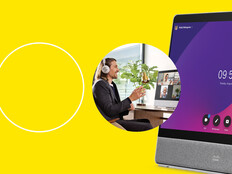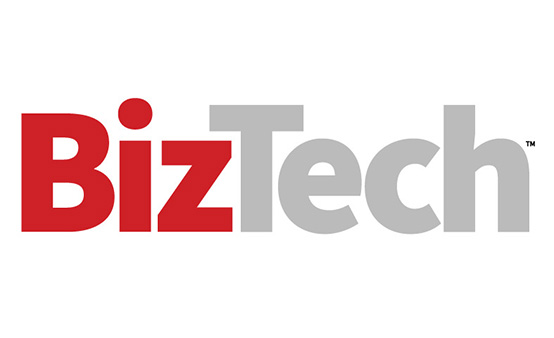Kjesbu refers to meeting parity as “Distance Zero,” meaning the act of rendering physical distance irrelevant. Technology is the critical bridge in helping organizations create this experience for their workers: “It’s about ensuring everyone is empowered with the connected devices and software needed to ensure seamless collaboration experiences.”
“Meeting parity is intended to drive inclusivity,” says Joe Mukherjee, director of technical consulting at HP Poly, in a video interview with CDW. “Everyone should be heard and seen and be able to share their thoughts. Regardless of whether they’re working from a coffeehouse, their kitchen, or from their garage, collaboration is key.”
How to Evaluate Meeting Parity
One way to measure how well an organization is achieving parity is to conduct experience polls to see how included employees feel in meetings, suggests Jitesh Gera, research manager for Unified Communications & Collaboration at IDC.
“AI can also be of help here as it can track meeting participation parameters such as who spoke for how long and who had their questions answered and who didn’t,” Gera says.
Parity involves linking meeting participants without technology barriers, Kjesbu notes: “Organizations can determine they've achieved meeting parity by evaluating the inclusivity and effectiveness of meetings, which can be measured through feedback from meeting participants, analyzing participation levels and using tools to assess meeting dynamics.
Analytics allows enterprises to measure parity by evaluating network performance, audio and video streaming quality, device usage and participant engagement, Kjesbu says. Cisco Control Hub and Spaces offer device management tools and workplace analytics capabilities that allow users to spot and address issues that create friction and interfere with meeting parity, Kjesbu says. Control Hub also lets companies gather user feedback from participants on meeting parity.














